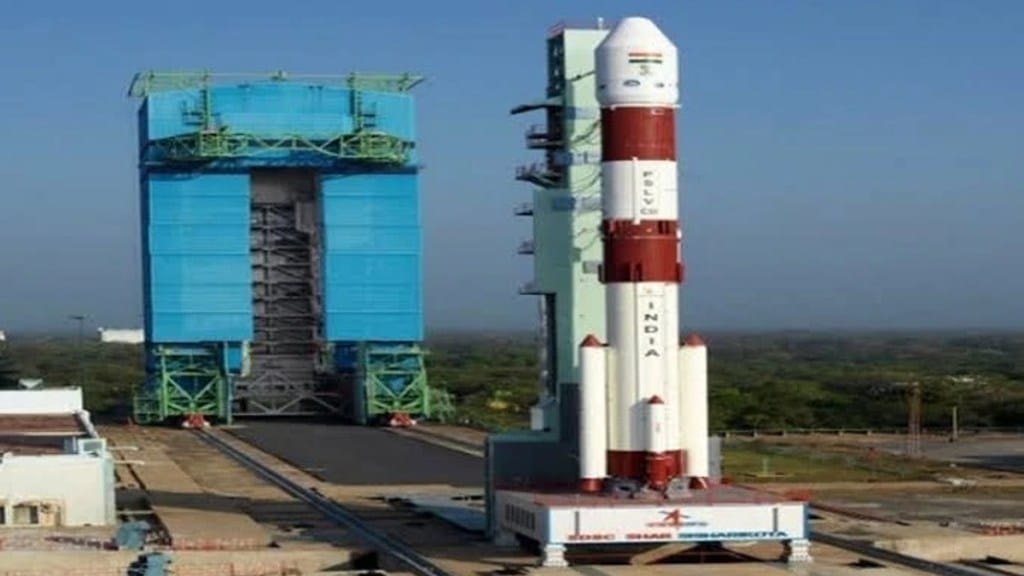On Friday Indian Space Research Organisation (ISRO) is expected to carry out a second test flight of the Small Satellite Launch Vehicle (SSLV) from Sriharikota. According to the details shared by ISRO early morning around 9.18 AM, the SSLV-D2 rocket will lift off from the primary launch site of the Satish Dhawan Space Centre and will once again try to place three satellites in a 450 km circular orbit within its 15 minute journey.
Which are the three Satellites?
ISRO’s EOS-07, Antaris’ Janus-1 from the US, and SpaceKidz’s AzaadiSAT-2 from Chennai.
More about the three Satellites
ISRO has built the 156.3 kg EOS-07 satellite, which features new experiments such as the mm-Wave Humidity Sounder and the Spectrum Monitoring Payload.
Antaris, a US based organization, created the 10.2 kg Janus-1 satellite.
Moreover, the 8.7 kg AzaadiSAT-2 was assembled by approximately 750 female students from across India with the assistance of Space Kidz India in Chennai.
SSLV caters to the launch of up to 500 kg satellites to low earth orbits on ‘launch-on-demand’ basis. It provides low-cost access to space, offers low turn-around time (approx 72 hours ) and flexibility in accommodating multiple satellites, and demands minimal launch infrastructure. It is configured with three solid propulsion stages and a velocity terminal module. It is a 34 m tall, 2 m diameter vehicle having a lift-off mass of 120 tonnes.
“An analysis of the breakdown of SSLV-D1 by ISRO discovered that the mission failed when the upper part of the rocket propelled the satellite into a highly elliptical and unstable trajectory due to the lack of sufficient velocity,” explains Girish Linganna, Aerospace and Defence Analyst.
Adding, “The satellites that were on the SSLV-D1 rocket at the time of its August launch were put into a very elongated orbit due to a lack of required velocity, after which they rapidly became unusable. Despite the first three stages of the rocket working properly, this occurred.”
“A summary of the ISRO fault assessment that was recently released revealed that when the second stage was separating, there were vibrations that were higher in intensity and longer in duration than what had been anticipated or tested for on the ground. These vibrations were recorded by the six accelerometers that were on the vehicle, and the readings are used for adjusting the direction of the rocket during the mission,” Linganna says.
Recommendation of the Report
In order to guarantee that this issue does not arise again, the report recommends that for the second trial flight, the system for detaching the second stage be altered to minimize vibrations. Additionally, it indicates a shift in the reasoning of the system to address such temporary happenings – if multiple sensors are found to be damaged, readings will be observed for a longer period before going into rescue mode.
In case of failure of sensors, the system will be able to navigate using NaVIC (Indian Regional Navigation Satellite System) data.

